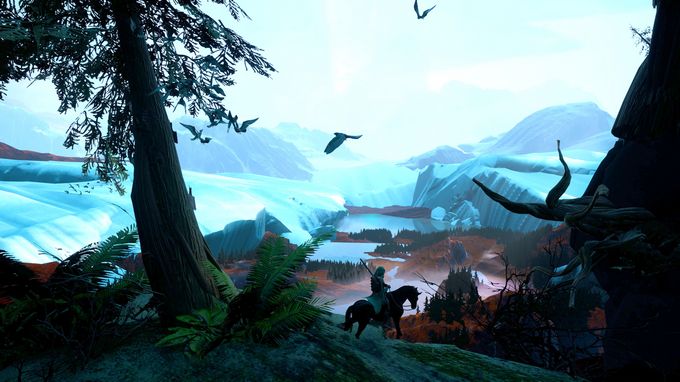
Introduction
Shadow play has long been recognized as an essential element in creating atmosphere and adding depth to video games. The interplay of light and shadow can evoke emotions, create tension, and enhance the overall gaming experience. In this article, we will explore how shadow play influences game atmosphere and why it is such a powerful tool for game developers.
The Power of Shadows in Gaming
Shadows have the ability to transform a static environment into a dynamic and immersive world. By playing with light and darkness, game developers can manipulate the player’s perception, guiding them through different spaces and creating a sense of mystery and intrigue. Shadows can also be used to highlight vps minecraft server important objects or characters, drawing the player’s attention and guiding them towards their next objective.
In horror games, shadows are often used to create a sense of fear and unease. The use of dimly lit corridors, flickering lights, and looming shadows can set the tone for a thrilling and suspenseful experience. By obscuring the player’s vision and creating a sense of uncertainty, shadows can intensify the feeling of being hunted or pursued by unseen forces.

In contrast, shadows can also be used to create a sense of calm and tranquility in exploration or puzzle-solving games. The soft glow of sunlight filtering through trees, the gentle sway of shadows cast by swaying branches, or the dappled patterns of light on the ground can create a serene and peaceful atmosphere for players to relax and enjoy the game world.
The Role of Lighting in Shadow Play
Lighting plays a crucial role in creating effective shadow play in games. By carefully controlling the intensity, color, and direction of light sources, developers can create a wide range of shadow effects that enhance the atmosphere of the game. Real-time lighting techniques such as dynamic shadows and global illumination can further enhance the realism and immersion of a game world.
Dynamic shadows, in particular, can add a sense of movement and life to a game environment. As characters and objects move through a space, their shadows can shift and change in real-time, creating a sense of depth and presence. Dynamic shadows can also be used to create dynamic gameplay elements, such as using shadows to solve puzzles or evade enemies.
Global illumination is another powerful lighting technique that can greatly enhance the realism of a game world. By simulating the way light bounces and interacts with different surfaces in a scene, global illumination can create soft, realistic shadows that enhance the overall atmosphere of a game. Global illumination can also be used to simulate complex lighting effects such as ambient occlusion, subsurface scattering, and light scattering through fog or other atmospheric effects.
Creating Atmosphere through Shadow Play
Shadow play can be used in a variety of ways to create different atmospheres in games. In horror games, dark, oppressive shadows can create a sense of dread and foreboding, while eerie lighting effects can enhance the feeling of being alone and isolated in a haunted environment. By playing with shadows and light, developers can manipulate the player’s emotions and create a truly immersive and immersive experience.
In action games, shadows can be used to create a sense of urgency and tension. The quick flicker of a flashlight in the darkness, the sharp contrast of light and shadow in a firefight, or the dramatic play of shadows on a crumbling building can add a sense of dynamism and excitement to the gameplay. By creating a sense of movement and fluidity with shadows, developers can enhance the action-packed nature of their games and keep players engaged and on the edge of their seats.
In puzzle-solving games, shadows can be used to guide players through complex environments and highlight important objects or clues. By strategically placing light sources and casting shadows in key areas, developers can subtly direct the player’s attention and help them navigate through the game world. Shadows can also be used to create optical illusions and puzzle mechanics, such as using shadows to reveal hidden paths or trigger hidden mechanisms.
Conclusion
Shadow play is a powerful tool for game developers to create atmosphere, evoke emotions, and enhance the overall gaming experience. By manipulating light and shadow, developers can create a wide range of effects that can enrich the atmosphere of a game world and immerse players in a truly memorable experience. Whether used to create fear and suspense in horror games, add dynamism and excitement in action games, or guide players through complex environments in puzzle-solving games, shadow play is an essential element in creating engaging and immersive gaming experiences.
